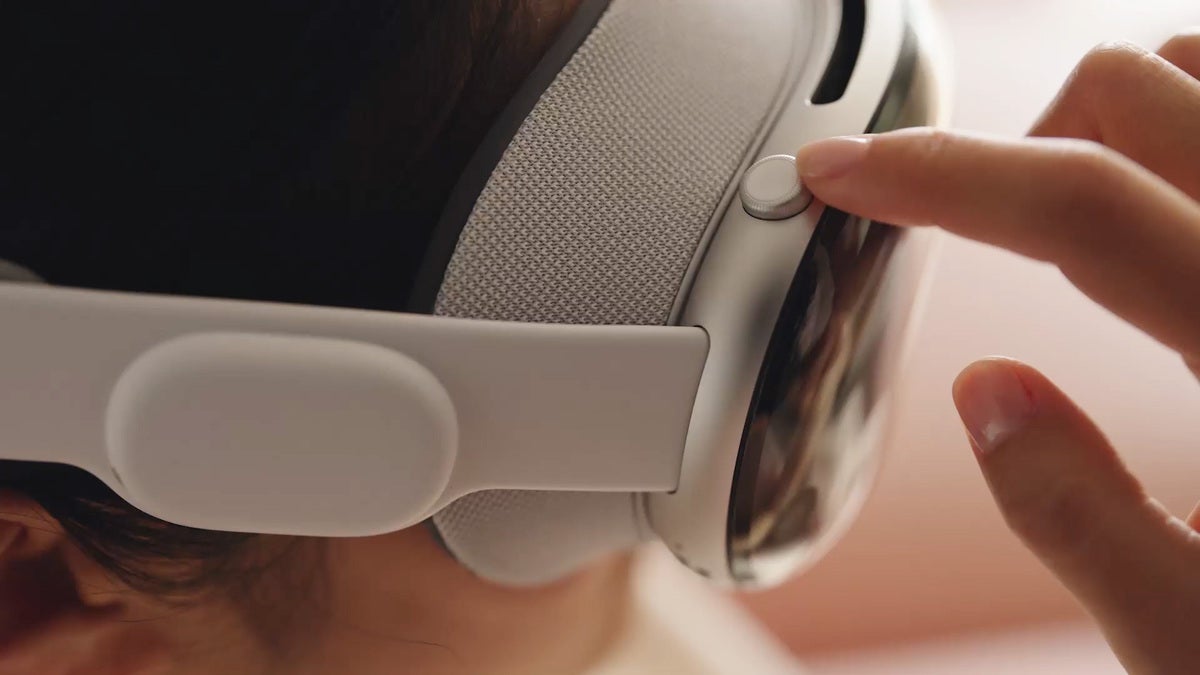As CES opens its doors, Apple has started the conversation by announcing its $3,499 Vision Pro headset will on sale in the US on Feb. 2. Pre-orders begin Jan. 19.
Apple has always promised to ship the product “early” in 2024, and in the last week speculation of a CES-timed intro has been rife, as noted here and here.
Since then, we’ve learned the company has begun training retail staff to demonstrate the product; Apple has confirmed Vision Pro will be available at all US Apple Store locations.
A new era for Apple
“The era of spatial computing has arrived,” Apple CEO Tim Cook said in a statement. “Apple Vision Pro is the most advanced consumer electronics device ever created. Its revolutionary and magical user interface will redefine how we connect, create, and explore.”
Apple claims Vison Pro will ship with a million “compatible” existing iPad and iPhone apps, along with new apps designed specifically for the new hardware. Vision Pro apps will be available via a new purpose-built App Store, with a range of titles for health, entertainment, productivity, and games, along with spatial photos and videos which, are a huge leap forward in the sense of creating immersive memories.
There’s a historical precedent to note — arguably Apple’s most important product, the Macintosh, also began retail sales in January.
Inside the box
We’ve covered Vision Pro since its official announcement last year and now we have learned a little more as it hits retail.
- It comes with 256GB of storage on board.
- Prescription lens inserts for those who need vision correction will cost $149, with readers available for $99 a set.
- Vision Pro ships with two headbands, giving users two options to find the best fit.
- In addition to a cover, Light Seal, battery, USB-C charge cable and power adapter, Vision Pro ships with what has become a celebrated signature Apple product: a polishing cloth. (Someone out there probably hopes to collect the full set.)
As we’ve explained before, interaction leans heavily into Apple’s years of experience in accessible technologies. You control apps with voice, glance, motion, gesture and using a virtual keyboard. You can also use the device like a Minority Report virtual Mac.
Don’t expect sales in huge numbers (yet)
Of course, at the price and with availability confined to the US, it seems unlikely Vision Pro will contribute much materially to Apple’s sales revenues in the short term. But we know, based on previous form, that the company will press forward to ramp sales up.
We also know that in the context of declining iPhone sales and all the other headwinds (political, environmental, economic, disease, and more) Apple and other companies face at this time, success isn’t necessarily going to be measured in a linear sense. In a changing world, the barometers for success will also transform. Wall Street investors will eventually moderate expectations to meet this new reality.
For Apple, the chance to transform a new product category is critical as it faces saturation in the global smartphone market; for the rest of us, the more interesting thing will be discovering how “spatial computing” can significantly improve what we do.
In the current implementation, this will be defined by enterprise apps, games, productivity, and entertainment systems — Disney+ will be the channel to watch, for the time being. Further out, there will be implications in industries, including manufacturing, warehousing, visitor attractions, architecture, and design. Collaborative solutions are bound to proliferate, and enterprises across the board will invest a little R&D cash into exploring what Vision Pro can do for their business.
The future will be better tomorrow
However, at this stage of the journey, many of these experiences will be defined by the devices most people are already using, which will be smartphones. For a real sense of how things might change, we need to look further down the line to a point where Apple’s Vision family of devices has expanded into different models and price points and is more widely deployed.
Once that installed base reaches critical mass, developers will be able to focus on developing solutions exclusively for these products. Right now, Apple will be working to convince those developers already supporting Vision Pro in the form of iPad and iPhone apps to think about how they can add features that would benefit these environments. For that, look to WWDC in June.
All the same, with its news, Apple has fired the starting gun on the next tech race into reality distortion — and also cast its customary shade across CES at the same time.
Please follow me on Mastodon, or join me in the AppleHolic’s bar & grill and Apple Discussions groups on MeWe.
Copyright © 2024 IDG Communications, Inc.
This story originally appeared on Computerworld

